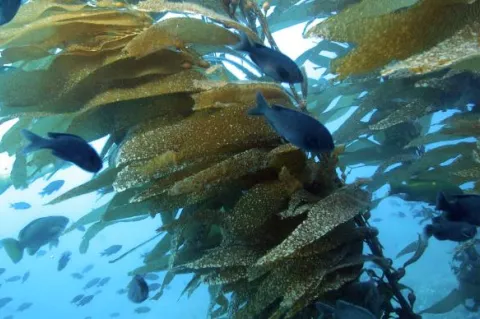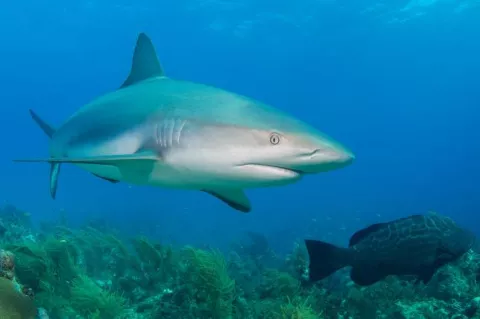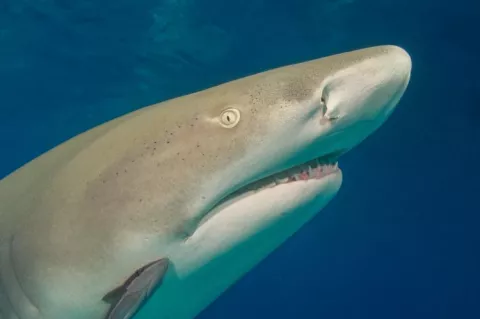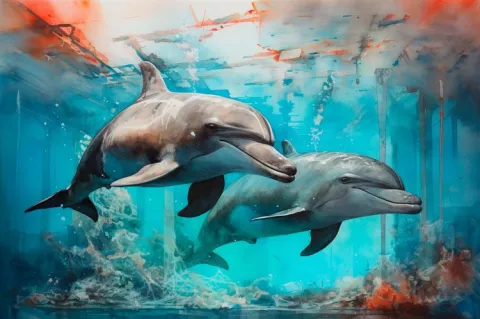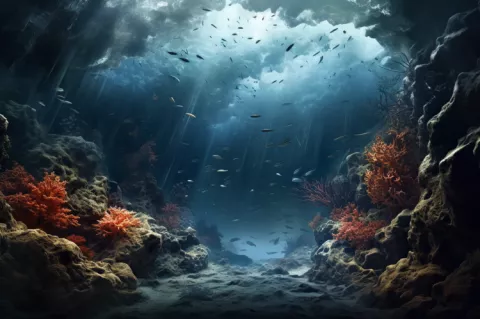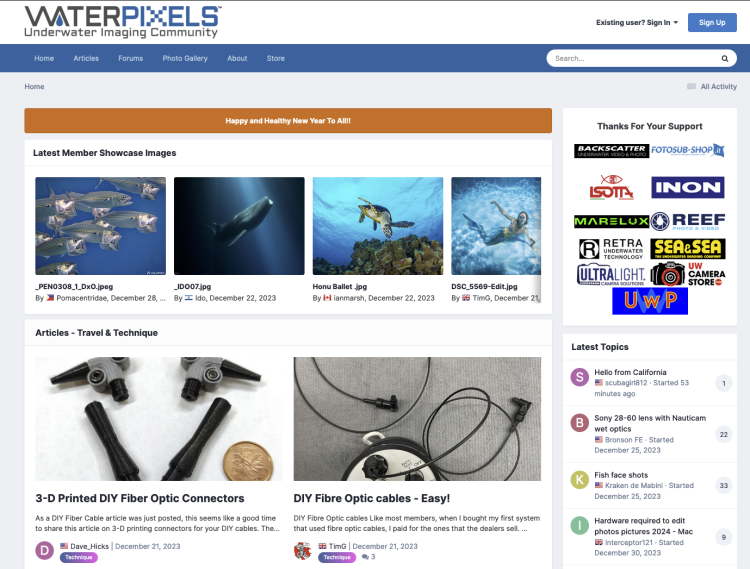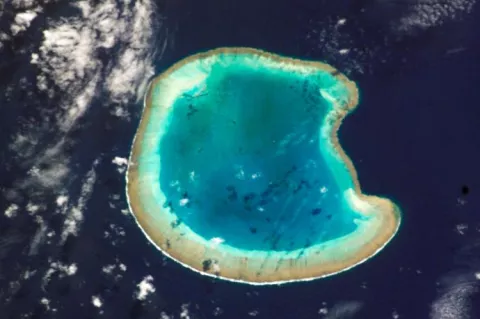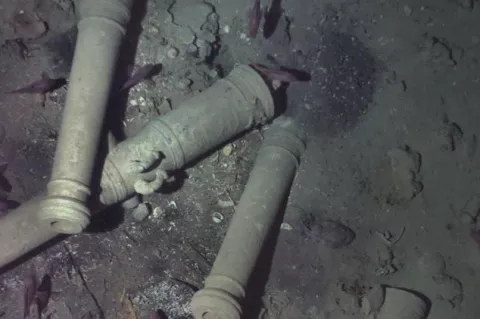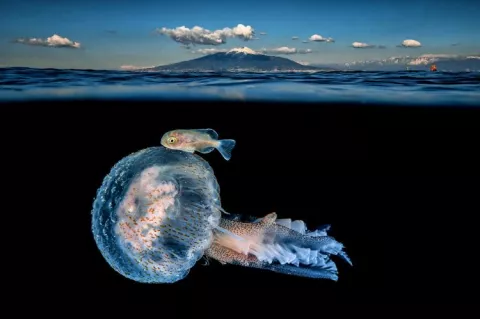MPAs: Catalysts for both marine health and scuba diving
The findings from UC Santa Barbara’s Marine Science Institute provide compelling evidence of Marine Protected Areas (MPAs) value to the scuba diving industry and local economies. As global leaders aim to protect 30% of land and water by 2030, understanding the diverse benefits of MPAs is crucial for informed decision-making and sustainable coastal management.

